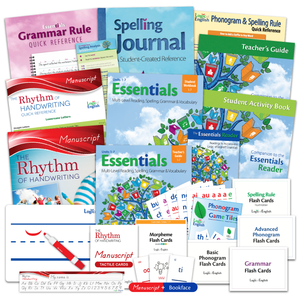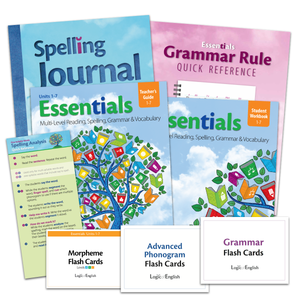When it comes to summer camps for striving readers, I have found that convincing an older student who has struggled with reading to participate and put forth effort is often the biggest hurdle.

In my experience, the best way to show them that this time will be different is to start with mind-blowing examples of some of the phonograms that I know most of the students will not know–such as S has two sounds, I and Y have four sounds, etc. Then, I found it helps to apologize to the students that no one has ever taught them this information before. I let them know it is probably because their teachers were never taught these facts either, and they can’t teach what they don’t know. The students seem to relax when I tell them that I didn’t know this information until I was an adult, and they will probably know more than their peers when we are done.
Using the Essentials Reader as a Guide
The first objective of the camp will be to remediate as many foundational skills as possible, as fast as possible. Therefore, playing games with phonograms and phonemic awareness skills can be a fun way to start off the camp and jump start this process. You can learn more about phonemic awareness and get free activities on our website.
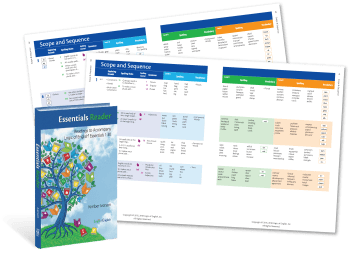
Second, give students as many of the phonogram sounds and spelling rules as possible. Use the scope and sequence of Essentials to introduce the necessary phonograms and spelling rules before giving them the passage from the reader to apply what they are learning. If you are familiar with the core content of Essentials, you may find it fun to create and teach mini lessons based on the scope and sequence; otherwise, you may want to use Part 1 of the Essentials units to provide lessons to introduce the phonograms and spelling rules. Sounding Out the Sight Words also provides mini lessons that you could do in the introduction of Essentials.
It’s Summer... Make It Fun!
Play lots of games to review and master the phonograms! Focus on the sounds that the students are not already familiar with, but keep some of the familiar phonograms in the games in order to build confidence. Some of my former students’ favorite games include: Memory, Rainbow Writing and Phonogram Basketball. Simple games such as hiding the phonogram flash cards around the room (or outside) and having the students find them and say the sounds always seemed to liven everything up. We have lots of suggestions for games in our Logic of English Game Book, and many traditional games can include phonograms. For example, write the phonograms on the blocks for Jenga® or make a life-size game board and have the students be the pieces as they drill the phonogram sounds in order to move forward.
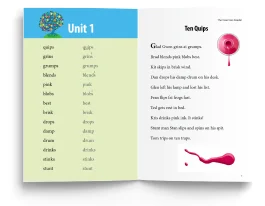
Once you introduce the phonograms to the students so that all the words are decodable in the passage, have the students read the passage and complete as many of the activities as time allows. If some of the passages at the beginning of the Essentials Reader appear too young for the students you are serving this summer, then skip those, and use the time to introduce the next group of phonograms and spelling rules while playing lots and lots of games! The very first passage in the Essentials Reader always seems to be a big hit with students of any age. As students read the controlled passages, they will become more confident in their reading. The biggest hurdle here is to discourage guessing strategies that many of the students have relied upon until this point. Reassure them that they have the knowledge to read the words and do the prereading while keeping it positive!
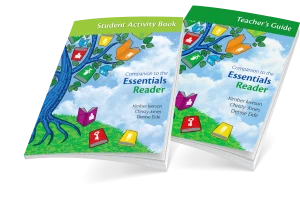
Then use the extension and cross-curricular activities from the Essentials Reader Teacher’s Guide and Student Activity Book to bring in fun and keep them engaged! Many of the passages will spark the interest of the students, and the activities will allow them to show off their strengths while still building reading and writing skills.
Let’s Talk About Time Restraints…
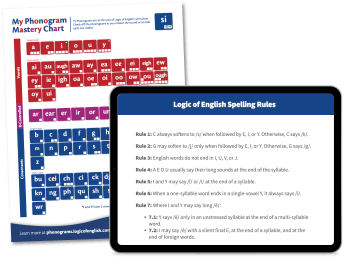
You may need to combine the phonograms and spelling rules of some lessons and skip over some passages because of time. By the end of camp, you will want the students to have been exposed and on their way to mastering all 75 basic phonograms, all silent E rules and some of the more commonly encountered spelling rules such as: English words do not end in I, U, V, or J; C always softens to /s/ when followed by E, I, or Y. Otherwise, C says /k/; G may soften to /j/ only when followed by E, I, or Y. Otherwise, G says /g/; AEOU usually say their long sounds at the end of the syllable.
The phonograms and spelling rules will make a huge difference in students' ability to read and spell but if you approach it through fun and with doable expectations, you will also help students rebuild their self-confidence and hopefully reignite their love for reading and writing as well!
What Happens If You Have Extra Time?

If you have more time in your reading camp than the average, the best thing to do is add in some spelling analysis with some of the words the students will be reading in the next passage. This will accomplish two things...it will allow the student to work on their spelling skills and it will act as a prereading activity for the words they are going to see again soon which will build their confidence. To see Spelling Analysis modeled or to use the videos of Spelling Analysis from the Essentials core curriculum, check out our free videos on the Logic of English YouTube channel.

Another option with extra time is to teach cursive handwriting. My middle school students always loved learning cursive. Teaching cursive will help students remediate their handwriting but also give them a confidence boost as they will likely know something their peers do not know. It should not take more than 15-20 minutes a day to teach five letters grouped by the initial stroke of each letter.
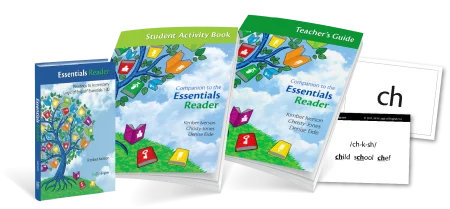
What Materials Do You Need To Make This Happen?
- Basic Phonogram Flashcards
- Essentials Reader Teacher’s Guide
- Essentials Reader (one per student)
- Essentials Reader Student Activity Book (one per student)
Optional Add-Ons:







